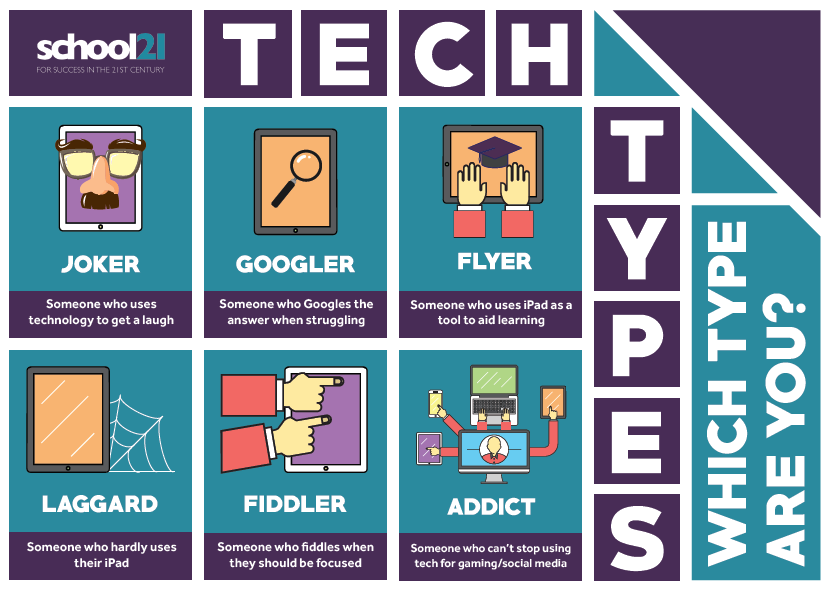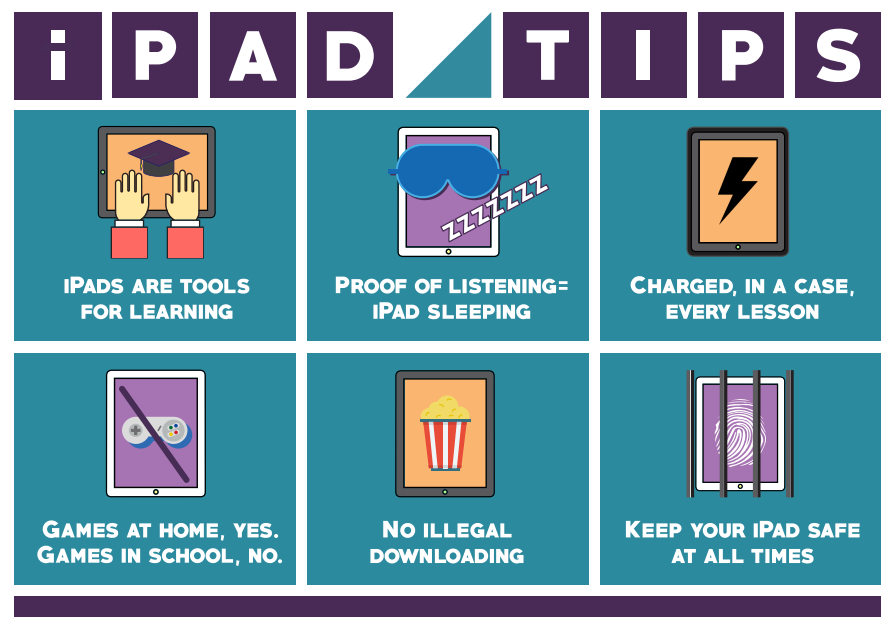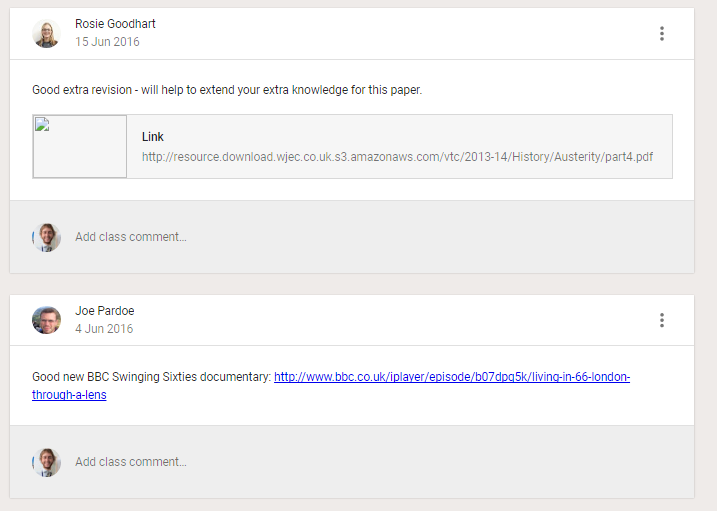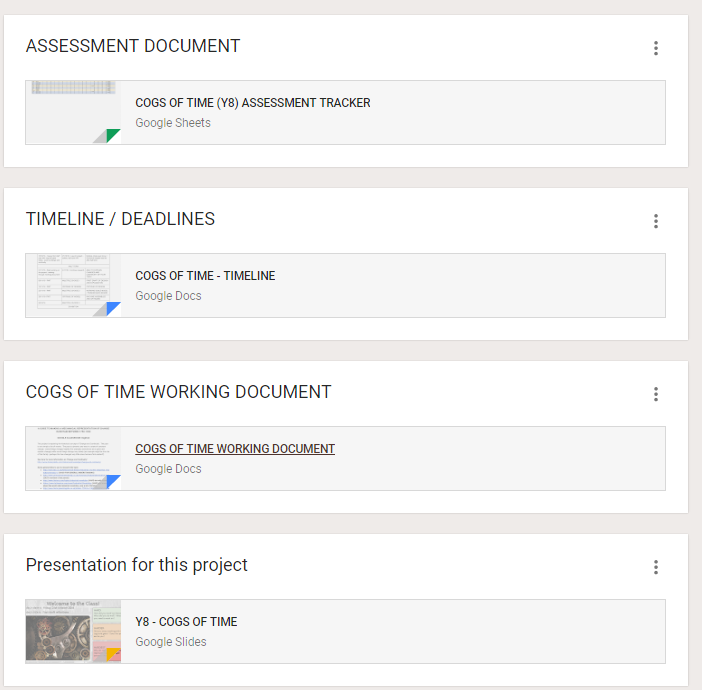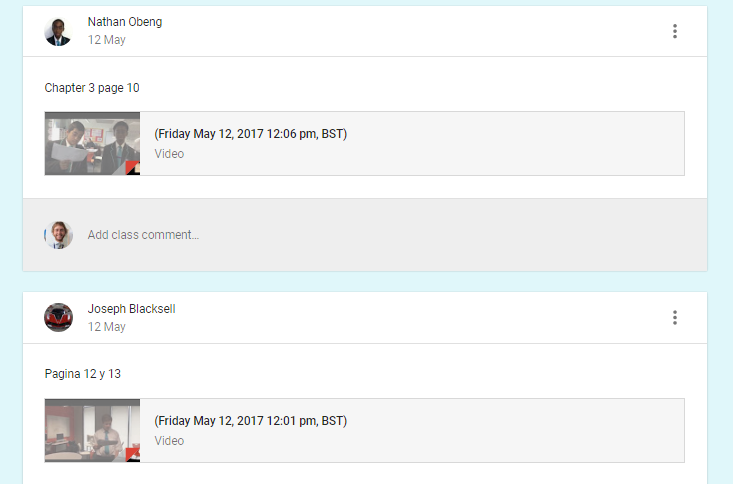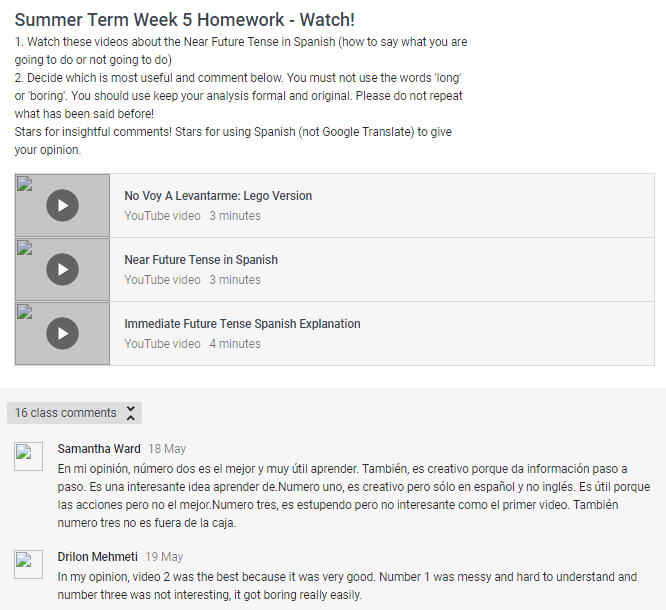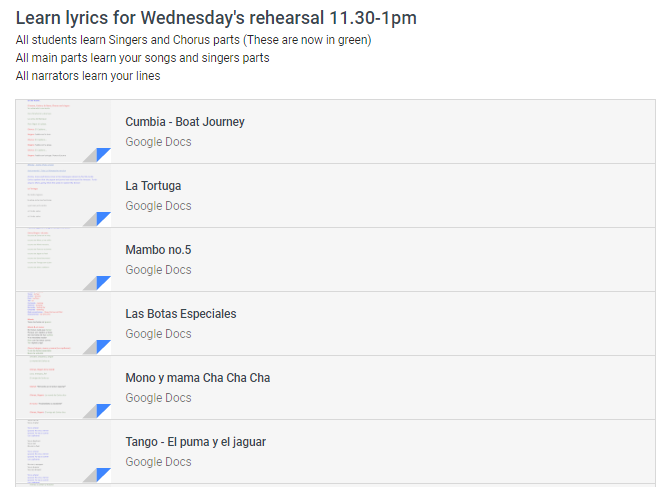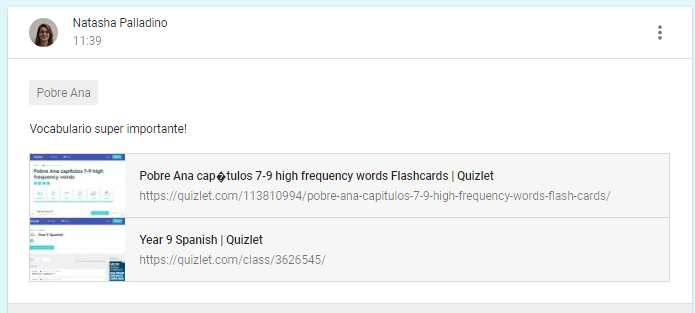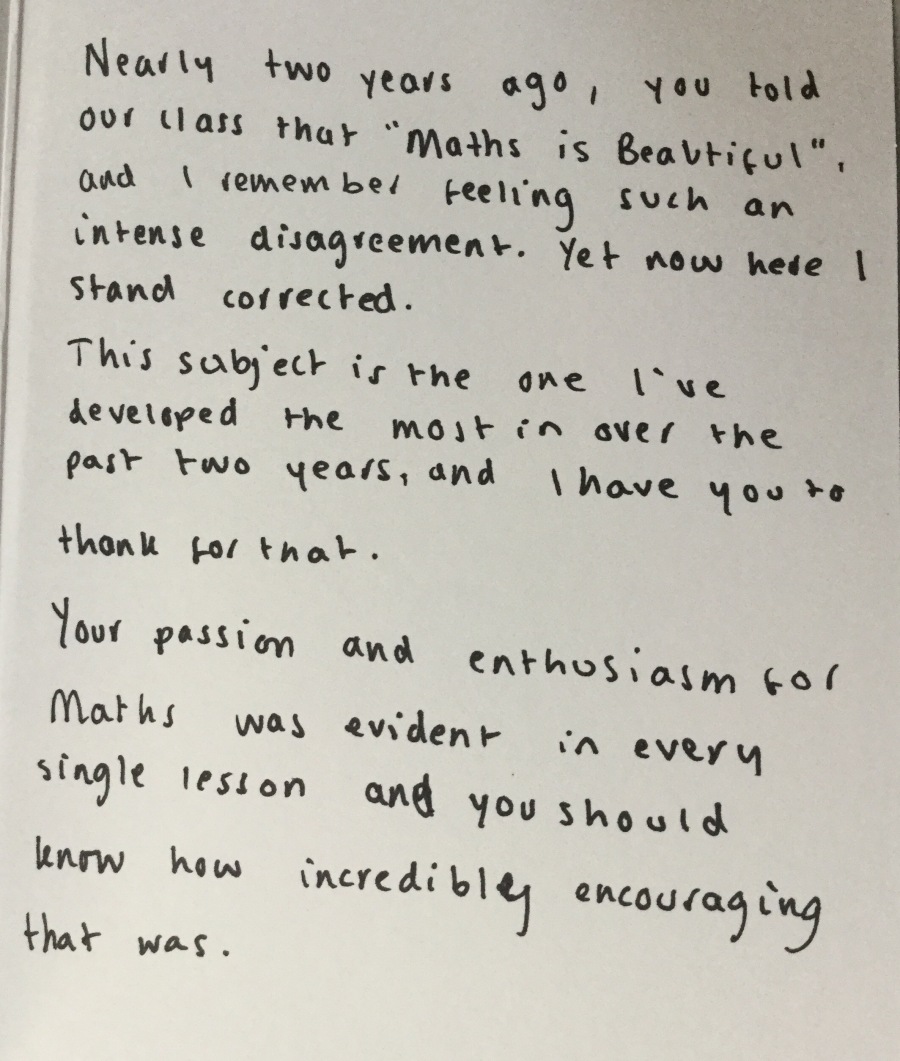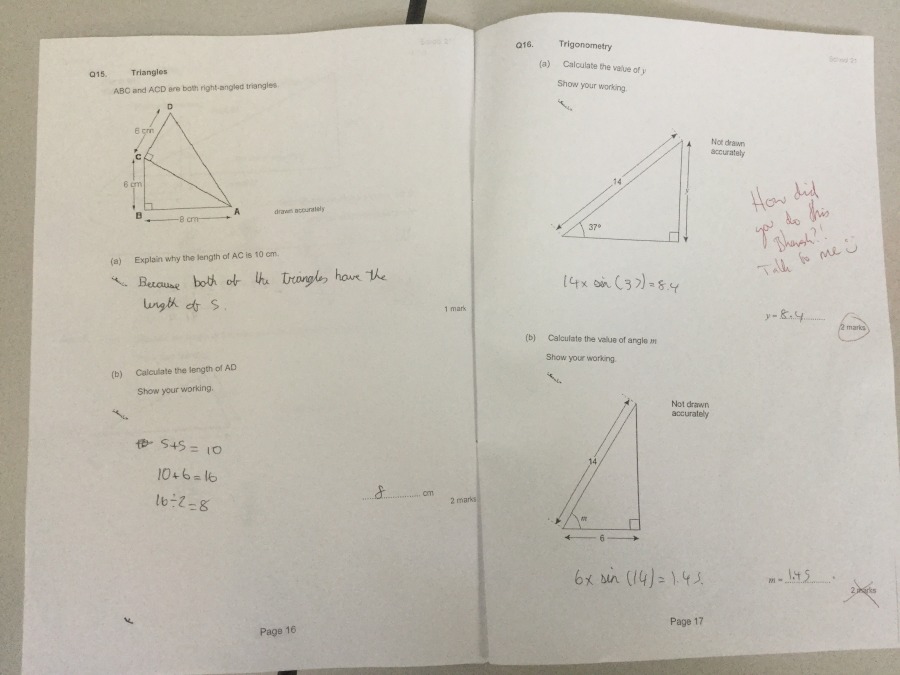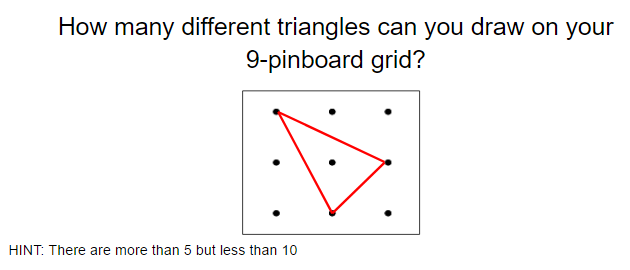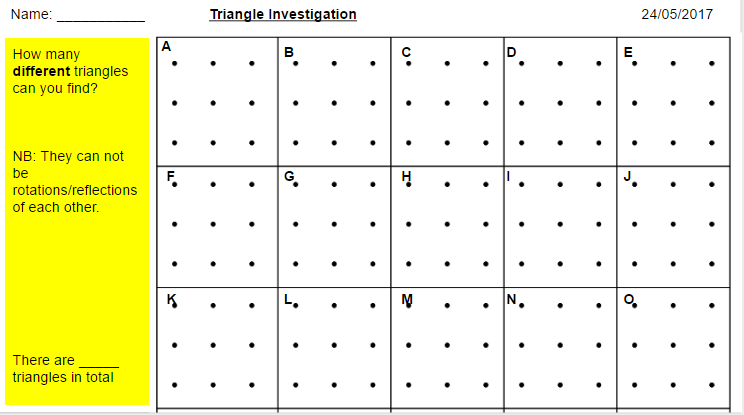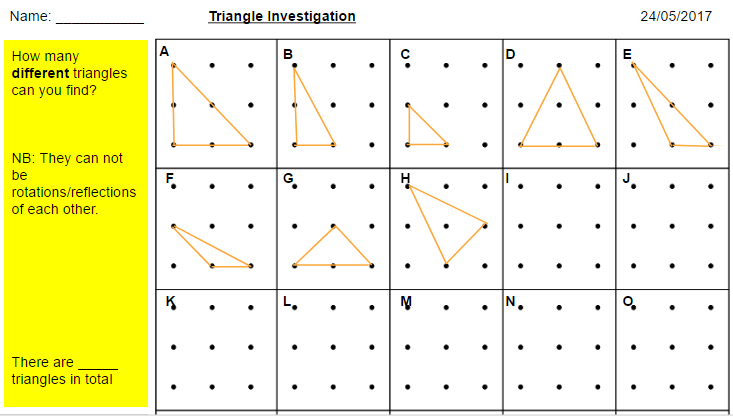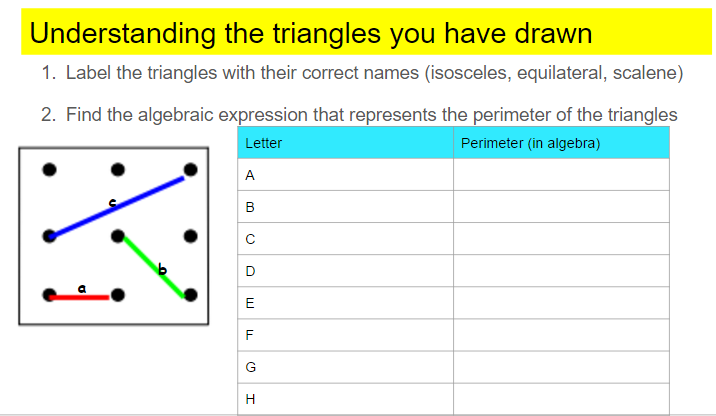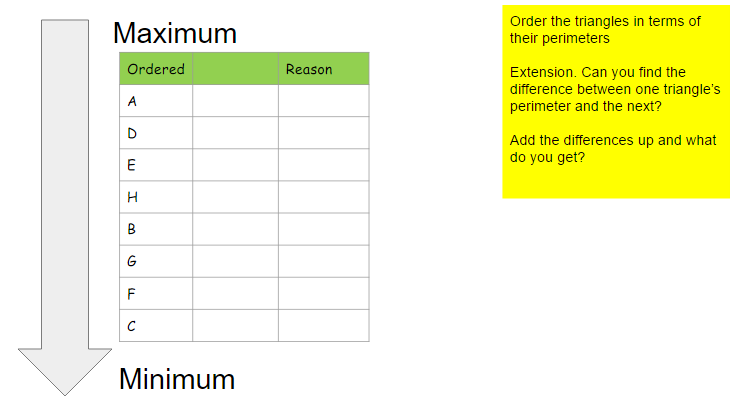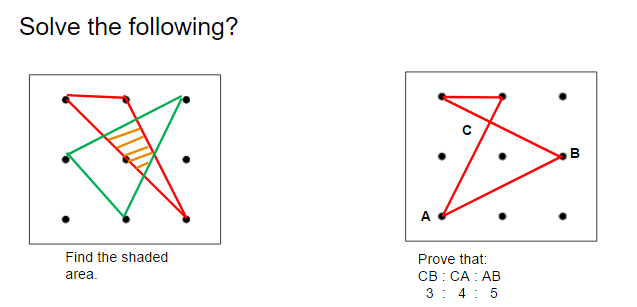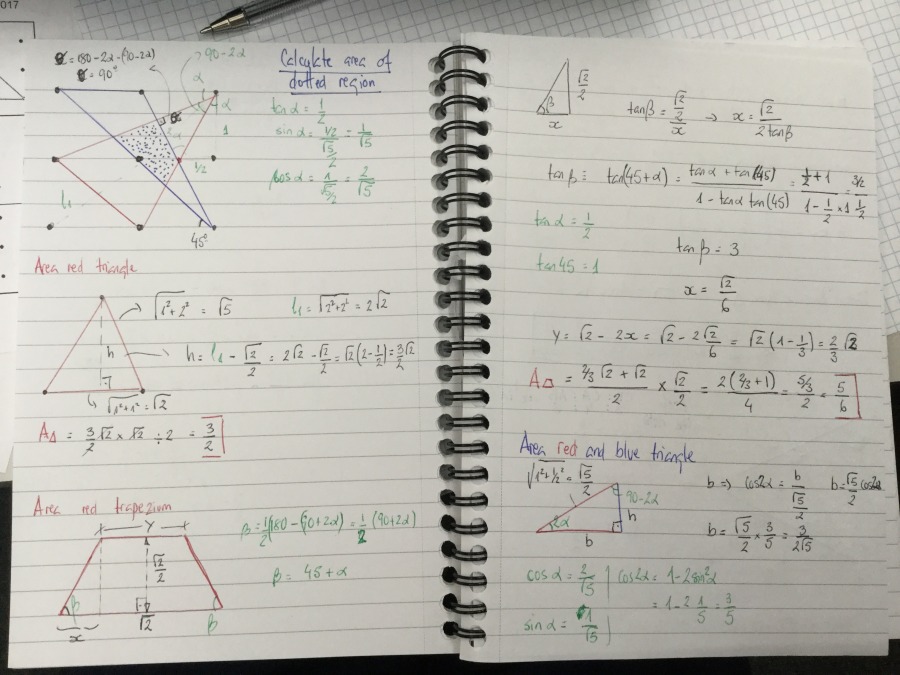Guyan, self-confessed technophobe, spent ten years of his life as a professional writer before becoming a teacher.
He has spent the past year immersing himself in the use of technology in the classroom – hurling himself in at the deep end as an experiment.
What?
Students write and curate blogs, instead of using exercise books. Inspired by edutronic, he created spaces for Yr7, Yr8 and Yr9.
Why?
- The only person to read exercise books is the teacher. If your work is published to a wide audience (online) then you are more likely to care, and to ensure your work is of high quality.
- To provide a need to teach digital literacy. Students should be equipped with the skills of email writing, they should be aware of where to place a full stop or comma when typing.
- To enable students to critique each others’ work easily
- To make redrafting more efficient. There is something heartbreaking about having to re-write a four page story by hand, mindlessly repeating the same words… Why not drag around the paragraphs and tweak a word here and there online?
Guyan’s observations
- A sign of success is when students start to use the technology without being told to. One student wrote a poem, “Injustice”, about being unfairly asked to stay behind after one lesson. The teacher had provided a space for creative writing, and the student felt comfortable enough to use it independently. I have seen similar things within my practice – I taught some students how to use OneNote. A few have started to use it in other subjects.

Students using technology well, without being asked to. - It is utterly false to think that students, since they are “digital natives”, will be effective users of technology for education. They require training. This takes time at the beginning, a somewhat slow and painful process.
- Regardless of your views on technology and education, there will be a study out there somewhere that backs you up. Playing video games before exams can improve your scores. But playing video games can lead to addiction. Using technology ruins your memory. Using technology improves your memory. Use research cautiously – it is muddled. Beware the echo chamber.
- The handwriting of a few students drastically deteriorated over the year (2 out of 70). Whether this was due to lack of practice or increasing lack of care is unclear.
Next time…
- Ensure blogs are able to include multimedia. Students should be able to post photographs of written work, rather than always typing it up.
- Provide students with blog templates, rather than asking them to start from scratch. Tagging, for example, is useful to use, but unwieldy for a student to build themselves.
- Hand more ownership over content to students. Celebrate their freedom and allow them to write about what they want. The teacher cares about content, but does not prescribe the content.
